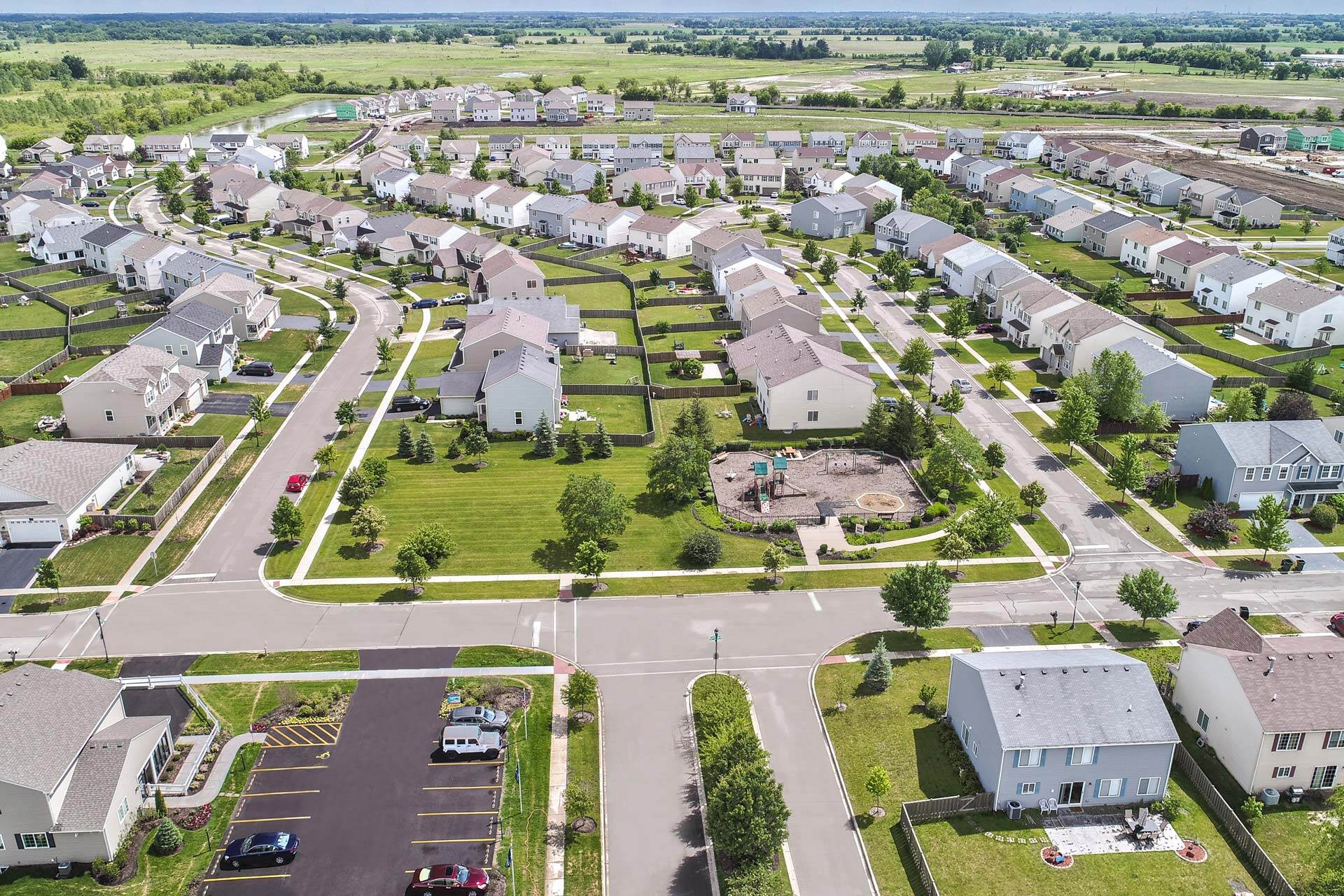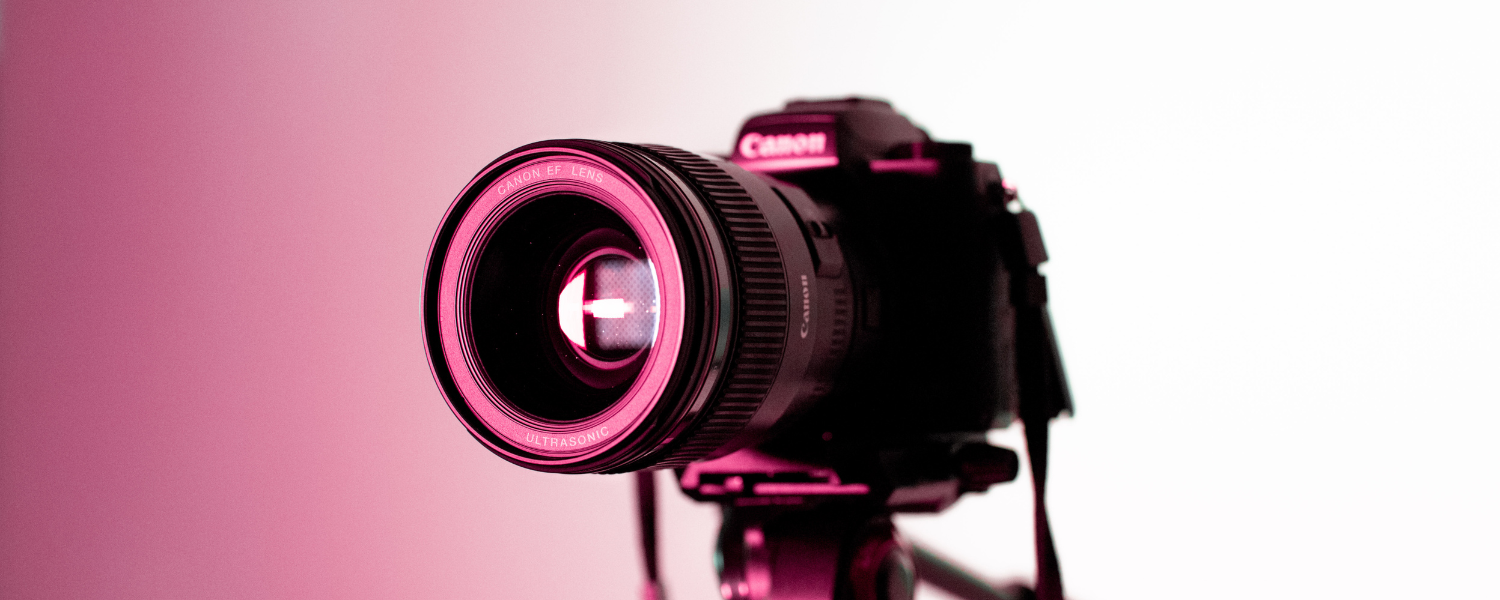Listen to the article
Basic Digital Photography Terms Defined
As a real estate professional, you can easily school anyone on the hidden costs of investing in opportunity zones. However, technical photography file terminology might not necessarily be your forte. Don’t worry–we got you. We will define basic digital photography terms so you can market your property without losing your mind.
Resolution
Firstly, the resolution describes the clarity of the image. As the resolution goes up, the image becomes sharper, more defined, and more detailed. For instance, you’ve probably heard people refer to an image as high-res (crisp) or low-res (blurry). The resolution is a general way of speaking about the sharpness of the image. It is correlated with image size.
PPI
Pixels Per Inch (PPI) is a way to describe resolution when it is being used for the web. Pixels are the small dots of color on your computer screen that make up the image. The higher the PPI the better your image will look on a computer screen.
DPI
Similarly, Dots Per Inch (DPI) is a way to describe resolution when it is being used for print. “Dot” refers to spots of ink on the paper. The higher quantity of dots, the crisper your image will look when it is printed. The larger you want to print your image the higher resolution, or DPI, you will need your image to be.
Image Size
Resolution is correlated with image size. But what does size really mean? It means the image size can be measured in different ways, depending on the way you plan to use the photo. In other words, an image will be measured in physical space (inches) if you plan to print the photo. However, if you plan to use the photo for the web (email, Facebook, website, etc.) it will be measured in pixels. This is by far the most important of the basic digital photography terms.
File Size
Don’t confuse image size for file size. The file size is the amount of space the image takes up on your computer. For example, a Kilobyte (KB) is a small file size. A megabyte (MB) is a medium size. And a Gigabyte (GB) is a very big file size. Most photo files are either KB or MB. However, in general, print files are bigger than web files. An image on the internet needs to be relatively small so it can load on the page quickly.
Zipped / Compressed Files
Zipped files have been compressed. Photo files are large and take a long time to upload and download. Essentially a zipped file has been tied up tightly so it can be transmitted on the internet faster. Think of zipping up a big fluffy sleeping bag into a small carrying bag. The sleeping bag is the same, it has just been compressed for easier transportation. Once you receive your zipped file, right-click and select unzip or extract to use your images.
Print Image Sizes
Postcard 3.5 x 5 inches
Full Page Flyer 8.5 x 11 inches
Billboard 4 sheets of 27 x 40 inches
Web Image Sizes
MLS (generally) 2000 x 1500 pixels
Facebook Newsfeed 1200 x 628 pixels
Instagram 1080 x 1350 pixels (great for vertically oriented images)
Webpage 1500 x 1000 (depends on your website layout)
.jpeg / Joint Photographic Experts Group
A .jpeg file is the most popular image file type. That’s because It compresses raw files from digital cameras. This file type is great for sharing beautiful photos online with your network.
.png / Portable Network Graphic
A png file typically has a transparent background which makes it ideal to use if you are layering it over another image. Most logos are .png files.
.gif / Graphics Interchange Format
Gifs can use only a limited number of colors—not ideal for high-quality photography. These images are commonly used for fun, short animations. You can make .gifs here to post on your social accounts.
.PSD / Photoshop Document
A PSD file is an image file created by Adobe Photoshop. These are high resolution and are typically only used by professionals to edit their photography.
.PDF / Portable Document Format
A PDF file formatting is typically used for flyers or documents, not photos.
To conclude, at PlanOmatic we provide three image sizes with all of our photography packages. Now that we have defined basic digital photography terms you can be sure to use the correct file and image type for all of your different marketing needs.





